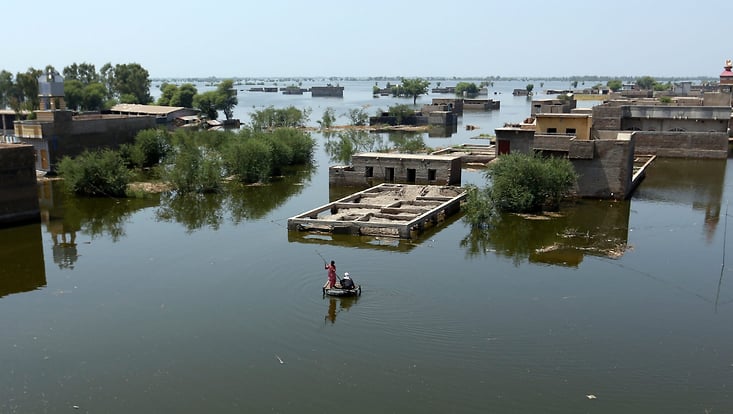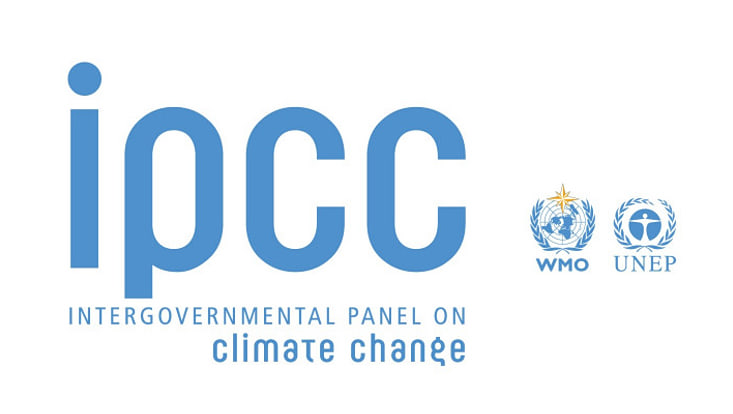New publication on the links between climate science and decision-making
7 February 2025

Photo: roarnews.co.uk
Globally, weather and climate extremes are becoming more frequent, intense and widespread, and climatic impact-drivers, such as floods, heatwaves, and sea level rise, are changing in the different parts of the world. Unprecedented extreme events will occur more often due to climate change. Useful climate information as well as a better risk preparedness and management are therefore necessary. In the publication Climate extremes and risks: links between climate science and decision-making, the authors argue that climate-resilient pathways are grounded on the three conceptual pillars climate and climate science, impacts and impact science, and decision-making (see figure 1 above).

Prof. Jana Sillmann led the article published in the journal Frontiers in Climate with contributions from Leonard Borchert, Benjamin Poschlod and Josipa Zupanić in the research group Climate Extremes. Although today we have a solid understanding of how and why the global climate is changing, there are still many challenges in climate sciences, impact sciences, and decision-making that hinder the uptake and use of climate information by decision-makers. There is a gap between physical climate science and decision-making – the key to bridging this gap can be impact science and a better understanding of climate change impacts. Climate and impact sciences as well as decision-making need to be better integrated to accomplish actionable climate information. To achieve this, climate and impact scientists need to work more closely and interdisciplinary together, and include practitioners in this process in order to attain climate-savvy decision-making.


